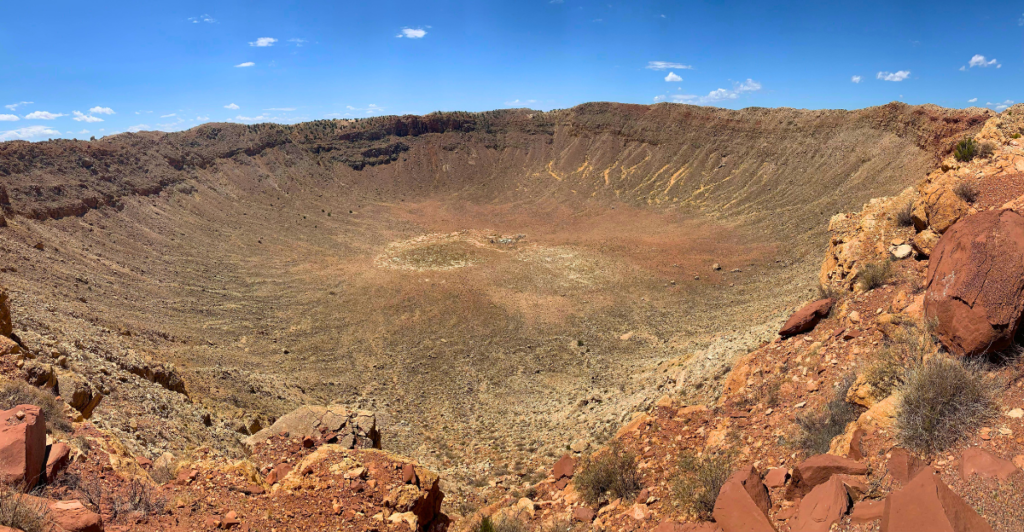
The discovery of a 3.5-billion-year-old impact crater in Western Australia’s Pilbara region has upended our understanding of Earth’s early history and the origins of life. Not only did this ancient cataclysm reshape the planet’s crust, but it also created environments in which microbial life developed survival strategies that remain embedded in animal DNA. The results challenge long-standing assumptions about terrestrial evolution and highlight cosmos events as catalysts for biological innovation.
Oldest Impact Crater on Earth Found
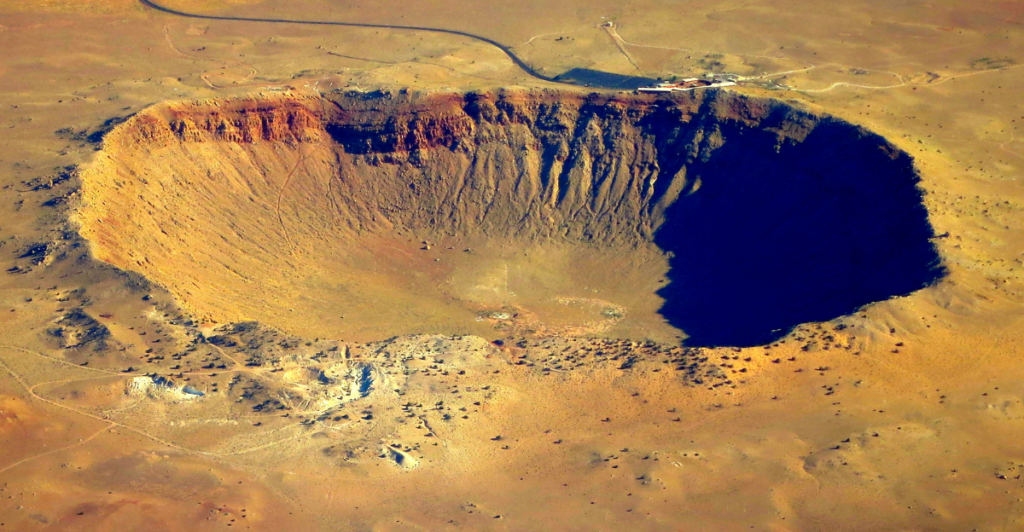
Geologists have identified the Pilbara crater as Earth’s oldest known impact structure, dating back 3.5 billion years—1.3 billion years older than the previous record-holder. The discovery fills an important gap in Earth’s geological record, indicating that earlier catastrophic bombardments shaped the planet’s surface and biosphere far more dramatically than previously thought.
Shatter Cones: Fingerprints Crater Identified
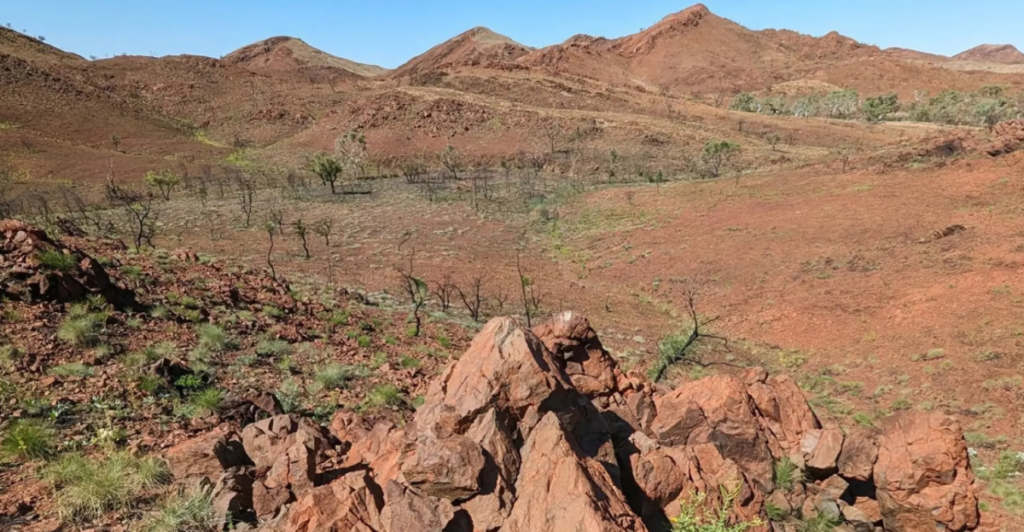
The crater was recognized by unique geological structures known as shatter cones—fan-shaped fractures that form as the result of meteorite impacts. These structures, which formed under pressures exceeding 30 gigapascals, were the key evidence that the Pilbara site is extraterrestrial in origin. “Such features are unmistakable signatures of hypervelocity impacts,” said Tim Johnson at Curtin University.
Microbial Origins of Animal Survival Strategies
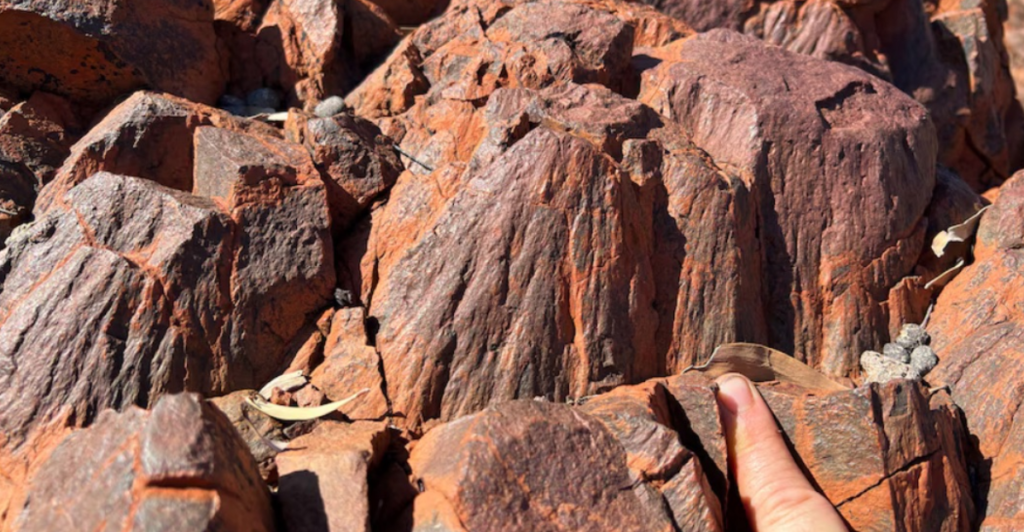
Scientists found evidence of ancient microbes that developed primitive stress-response mechanisms deep within the hydrothermal systems of the Pilbara crater. These survival adaptations — including heat-shock proteins, and pathways for DNA repair — would be foundational to our modern understanding of animal biology. This finding overturns theories that predator-prey interactions alone drove the evolution of defensive behaviors.
Cosmic Genetic Engineering in Early Life
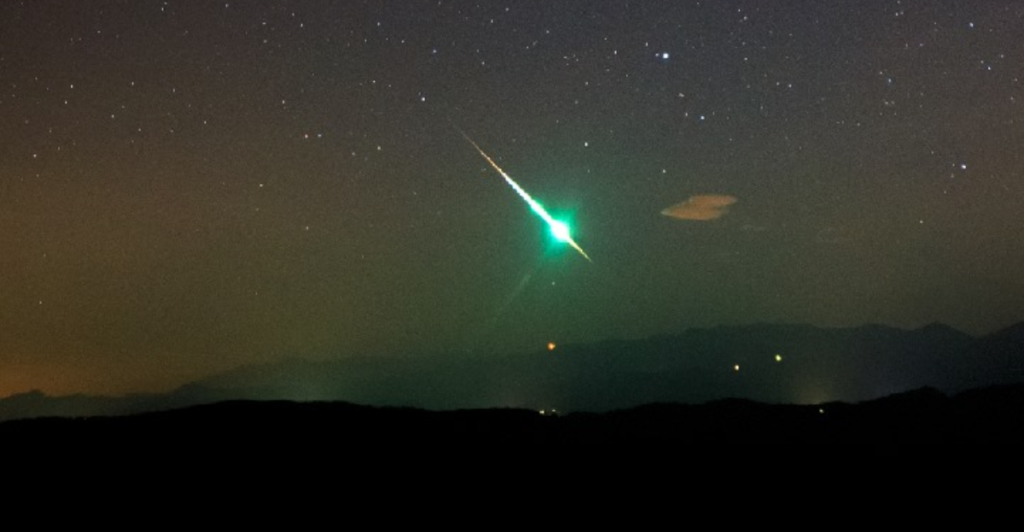
When the meteorite struck, it brought along rare earth elements like iridium and platinum, which early organisms incorporated into enzymatic processes. These extraterrestrial materials improved DNA repair mechanisms, creating biological innovations still present in 97% of living animals. This “cosmic genetic toolkit” hints that life harnessed meteoritic resources long before terrestrial evolution diversified.
Rethinking Earth’s Impact History
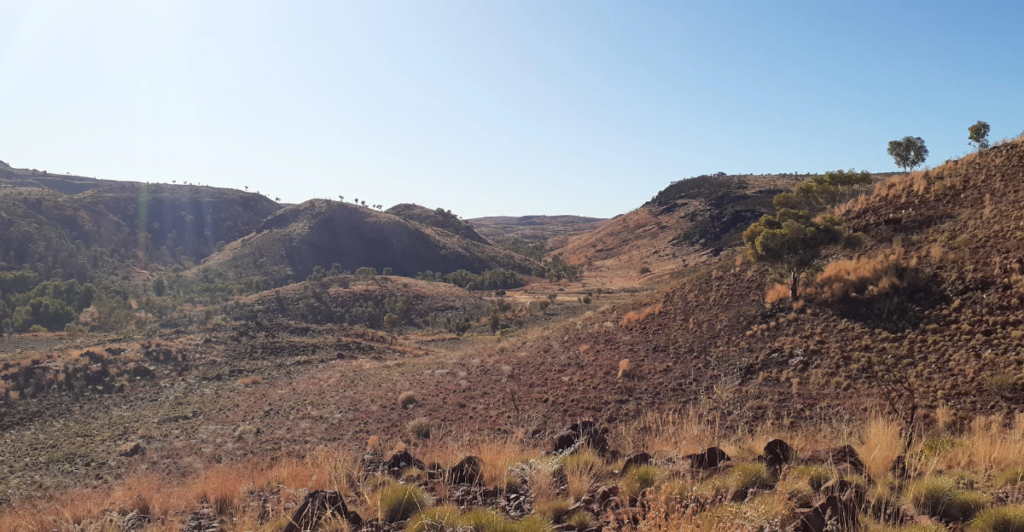
“The absence of ancient craters led geologists to underestimate early bombardment rates,” Johnson explained. The Pilbara discovery suggests Earth’s first billion years endured frequent large impacts, sterilizing the surface life while constructing subsurface homes. This duality may help to explain why life appeared on Earth much later in the fossil record than had been predicted based on chemical evidence.
Cradles of Life: Impact-Generated Hot Springs

The energy from the meteorite formed extensive hydrothermal networks within the crater, mixing liquid water, mineral-rich substrates, and thermal gradients. These environments are conducive to prebiotic chemistry and the emergence of early microbial colonies. “Impact craters were likely life’s first laboratories,” said Chris Kirkland, a Curtin professor.
Continental Foundations Forged by Impacts
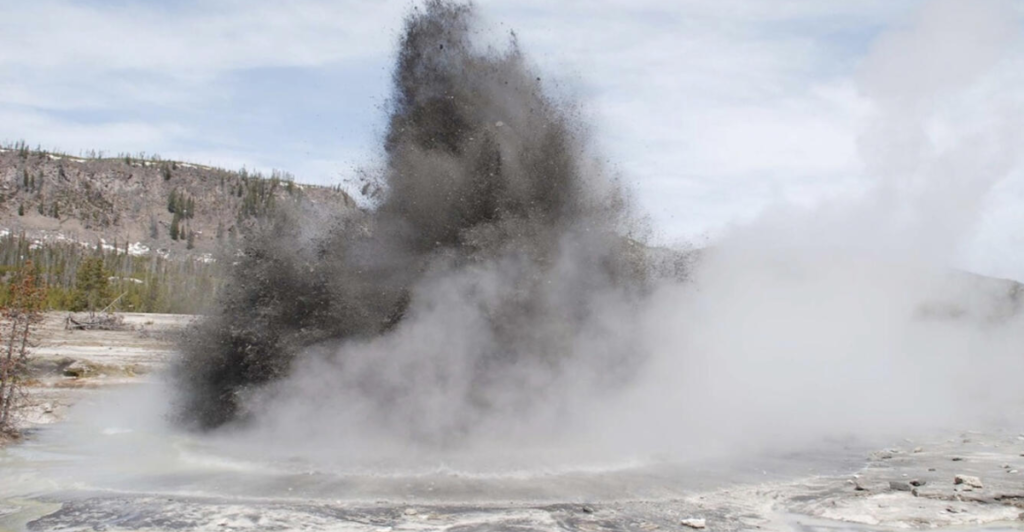
The explosive energy released by the Pilbara impact may have expedited crustal differentiation, moving mantle material toward the surface to create stable continental cores known as cratons. The ancient landmasses formed the nuclei of modern continents, indicating that cosmic collisions played a dual role in shaping Earth’s geology and its biosphere.
Redrawing the Timeline of Complex Life
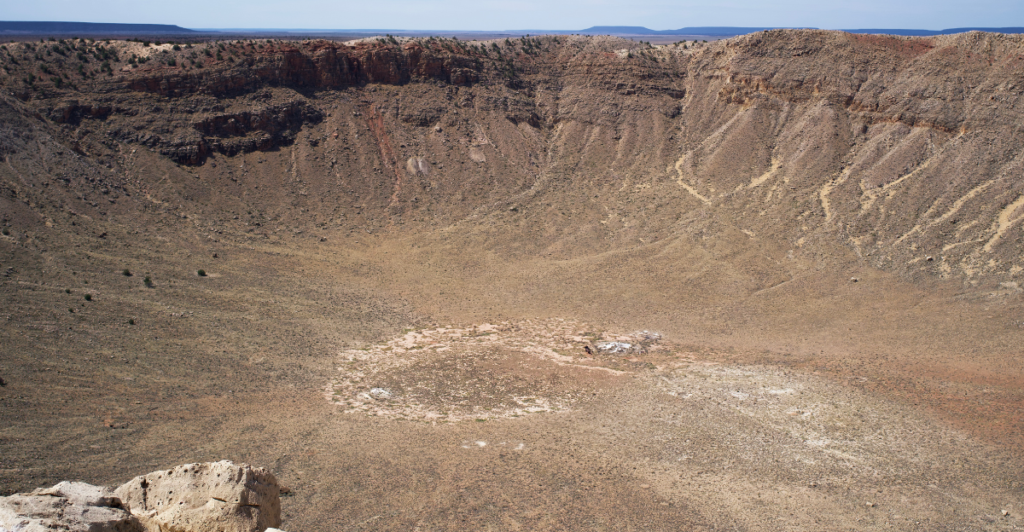
By establishing that massive impacts coincided with life’s emergence, the study counters the assumption that animal complexity required a stable, impact-free Earth to evolve. Instead, meteorite-forged extreme environments may have forced rapid genetic innovation, compressing the timelines of evolution.
Methodology: Decoding 3.5 Billion-Year-Old Clues
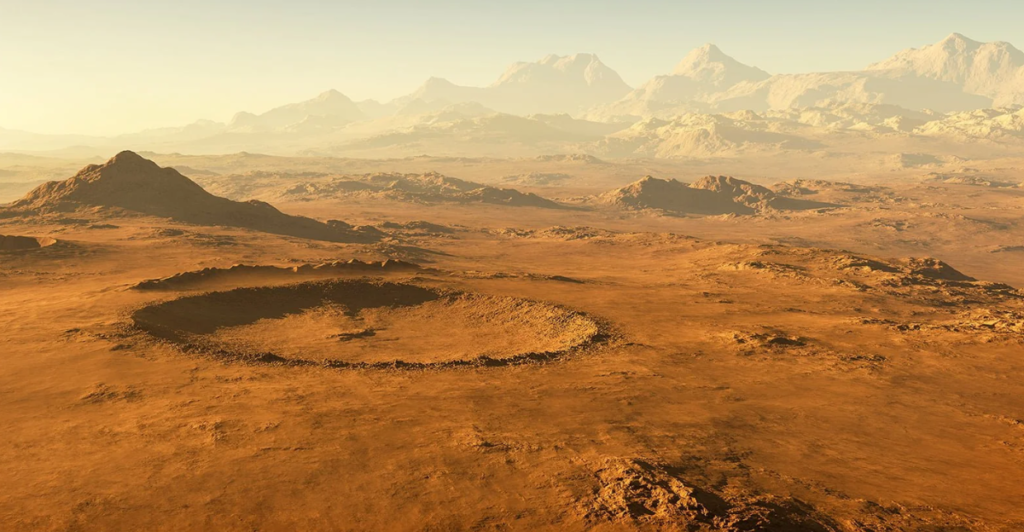
Researchers combined field analysis of shatter cones with isotopic dating of impact-melted minerals. Advanced geochemical modeling reconstructed the parameters of the event: a 20-kilometer-wide asteroid striking at 20 km/s, releasing energy equivalent to 100 million megatons of TNT.
Implications for Planetary Science
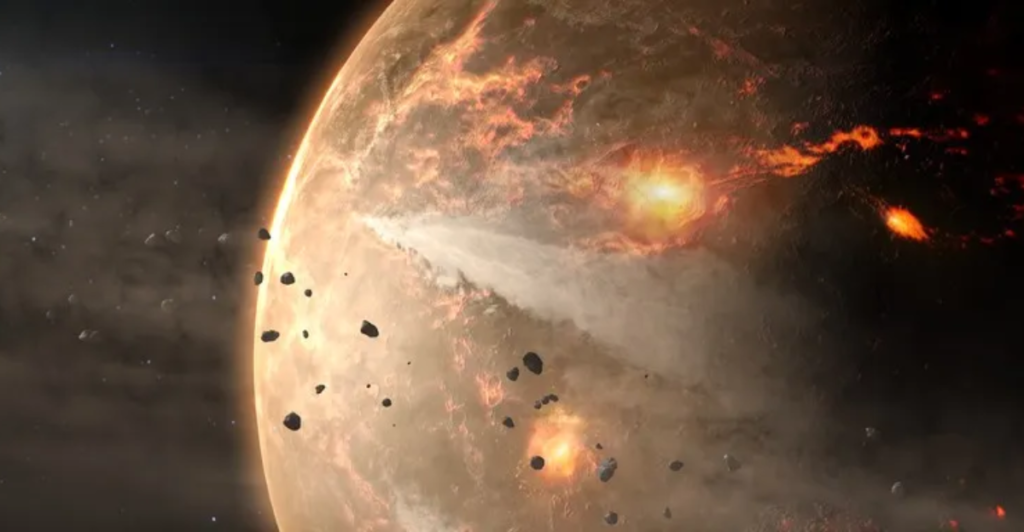
The Pilbara crater’s age aligns with the Late Heavy Bombardment period observed on the Moon. This correlation supports inner solar system-wide cataclysms, revising models of planetary formation. Earth’s active geology had destroyed most evidence — until now.
Biochemical Legacy of Cosmic Collisions
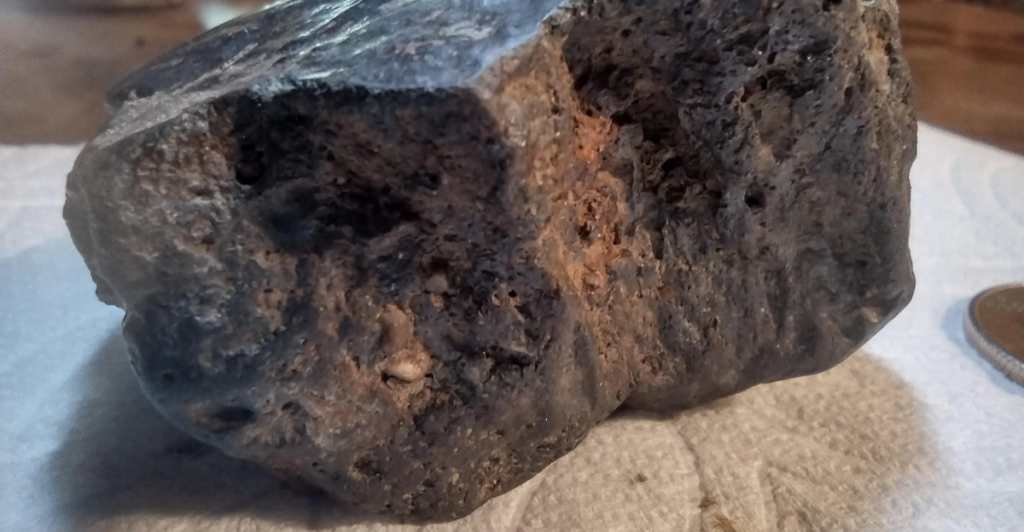
Metalloenzymes incorporating meteoritic nickel and cobalt remain crucial for oxygen metabolism in animals. This biochemical dependency on extraterrestrial elements means that life’s chemistry was irrevocably molded by early impacts.
Future Research: Hunting Lost Craters
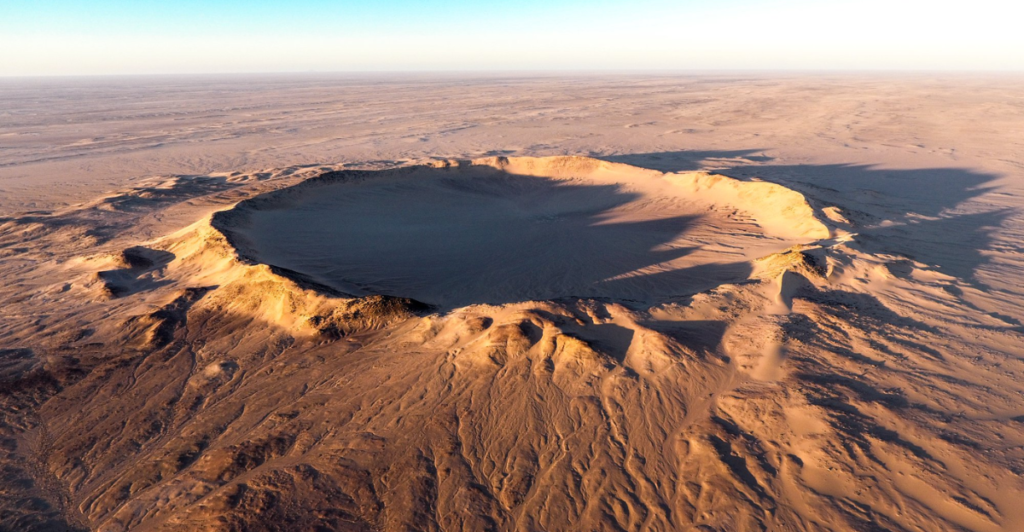
The team intends to search for contemporaneous impacts using gravity anomalies and mineralogical signatures. Success could uncover a hidden chapter in which cosmic bombardment and biological innovation were intimately linked.
A Paradigm Shift in Origins Science
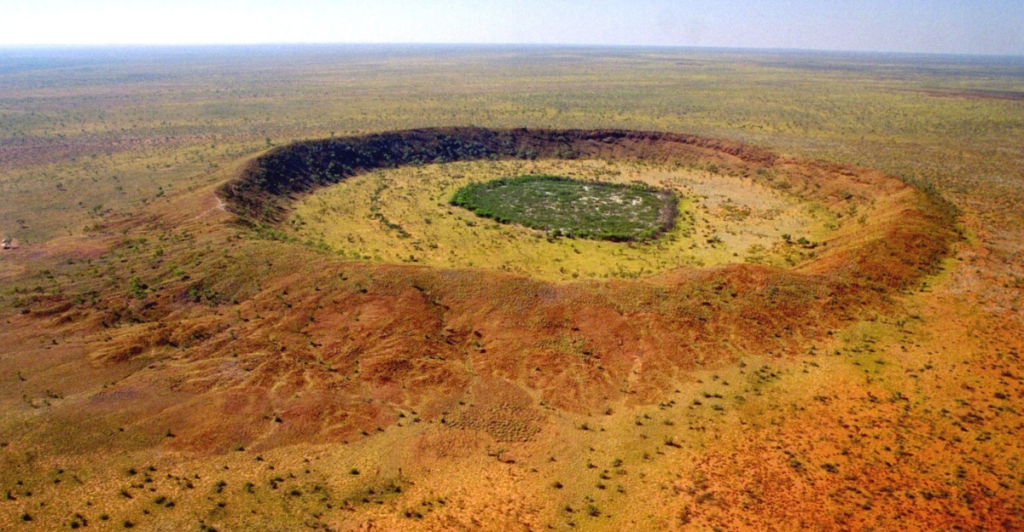
This study, published in Nature Communications, connects planetary science with evolutionary biology. As Kirkland concluded, “We must now view Earth’s crust and its life as products of both terrestrial processes and celestial violence.” The Pilbara crater is a testament to catastrophe’s creative potential.
Explore more of our trending stories and hit Follow to keep them coming to your feed!

Don’t miss out on more stories like this! Hit the Follow button at the top of this article to stay updated with the latest news. Share your thoughts in the comments—we’d love to hear from you!







